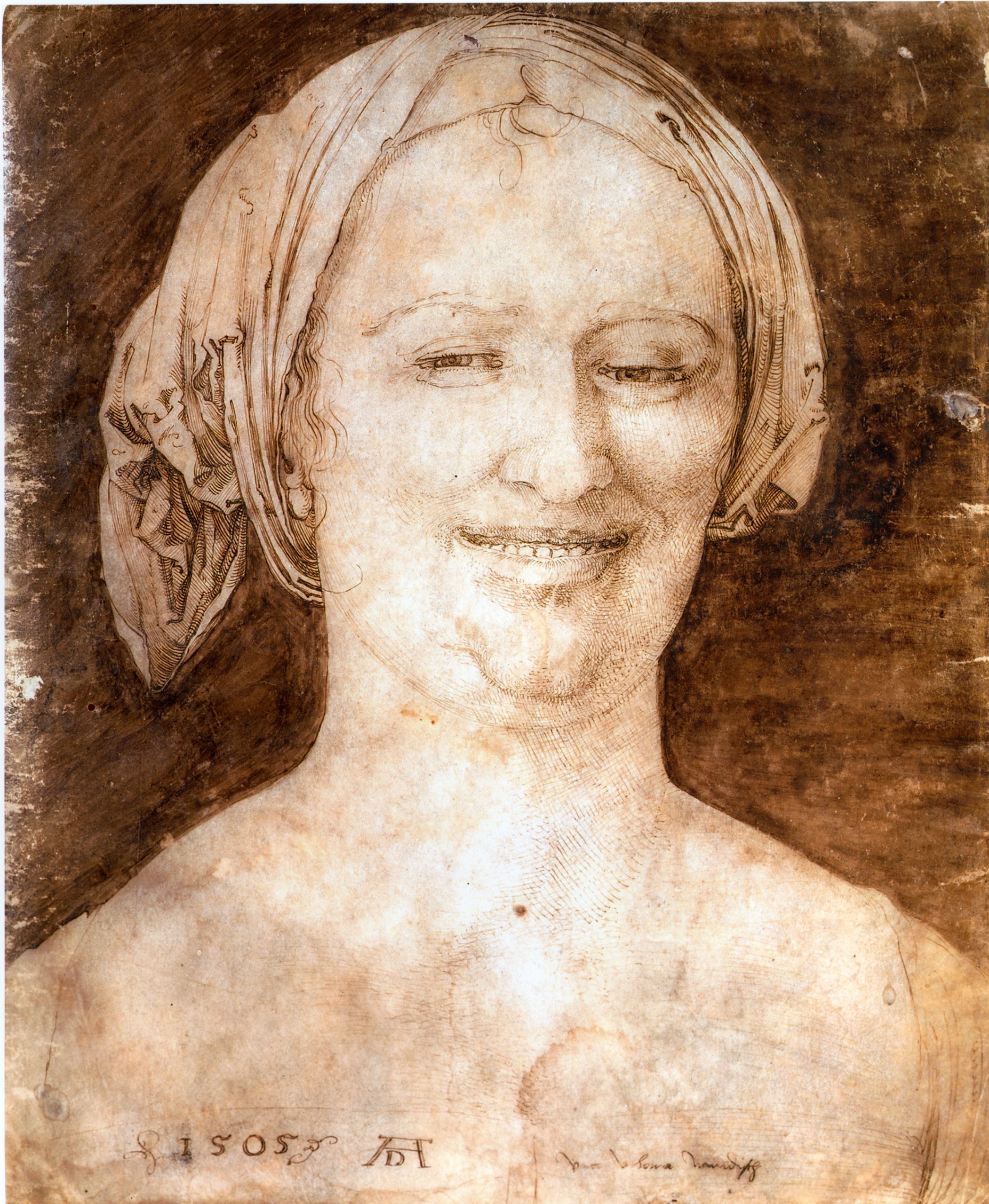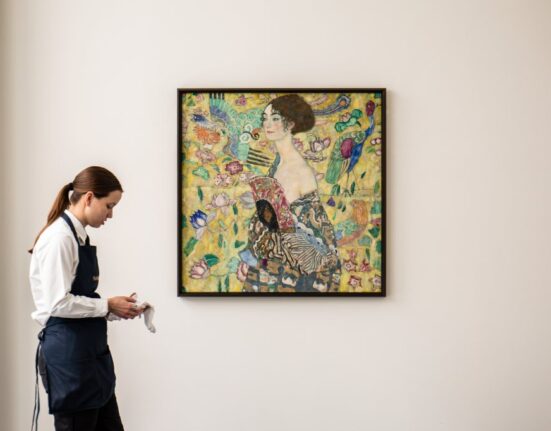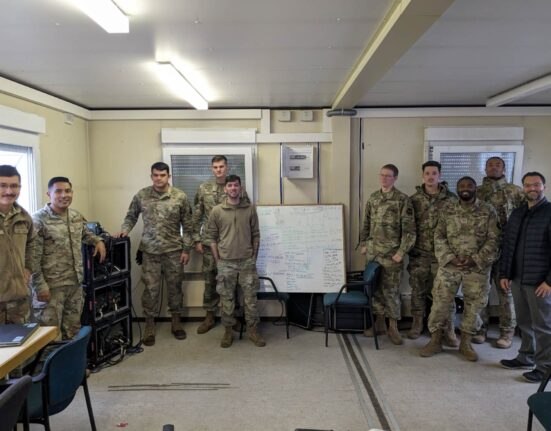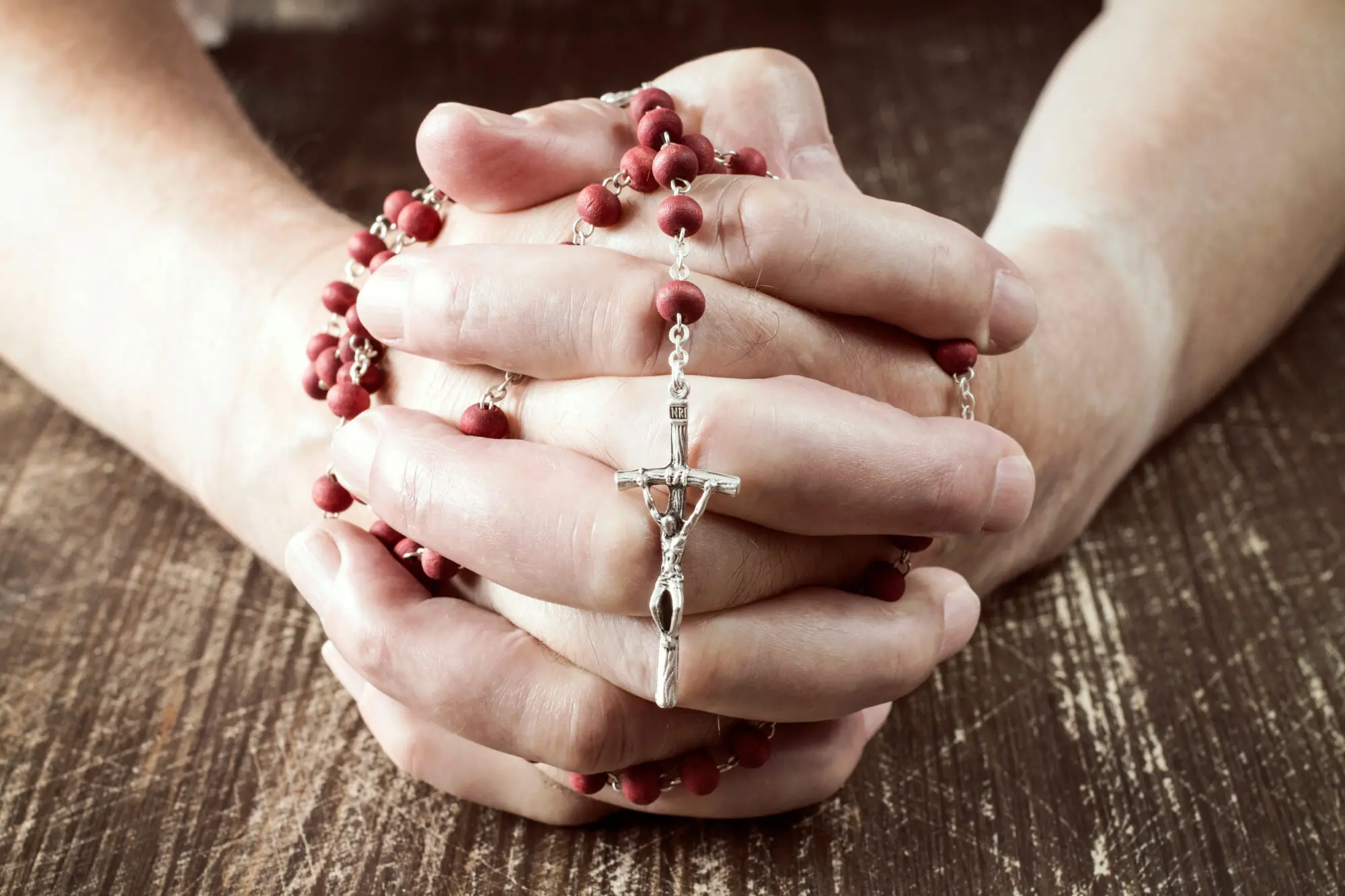An artificial intelligence model created by the Swiss company Art Recognition has determined with 82 percent certainty that a drawing purportedly by Albrecht Dürer was indeed created by the Northern Renaissance master.
Carina Popovici, the company’s chief executive, unveiled the findings of her investigation into the work at the Art Business conference at Tefaf Maastricht on March 8. The vellum drawing, titled Vna Vilana Windisch (1505), depicts a smiling peasant woman, and is signed and dated by the artist.
Despite the signature on it, the authorship of the work has long been called into question and subjected to authentication studies since the 1970s. Another version of the drawing on paper is housed at the British Museum and, in 1993, the late keeper of prints at institution determined the vellum version was not authentic.
When asked whether the 82 percent score left room for the possibility that the work is not by Dürer, Popovici said over email that A.I. is inherently unable to provide a probability of 100 percent. “The calculated probability is a statistical measure that assesses how closely the client’s artwork, in this case the Dürer pergament, matches the Dürer artworks from the training dataset,” Popovici said.
The drawing was analyzed against a dataset comprising of 144 genuine works Dürer drew in chalk and charcoal or otherwise executed in black and brown inks. It was fed a roughly equal number of drawings not by Dürer, but were created by his followers, or were forged or generated using A.I. models. Essentially, the only way an artwork could receive a score of 100 percent is if it was matched against itself.
“While many artists attempted to replicate Dürer’s detailed, naturalistic style and his integration of Italian Renaissance elements into Northern European Art, their works often lack the originality, detail, and nuanced integration of influences that Dürer’s own pieces exhibit,” Popovici said.
She pointed to the artist Marcantonio Raimondi, who is known for his copies of Dürer’s pieces, which, despite being very convincing, “lack the complexity and finesse of the originals.”
“Similarly, artists like Lucas van Leyden along with Hendrick Goltzius and Hans Hoffmann from the later ‘1600 Dürer Renaissance’ demonstrate a precision reminiscent of Dürer’s but often exhibit a tendency towards softer contours and a more natural rendering,” she said.
Unfortunately, however, she said the A.I. does not have the capability to provide reasons or arguments explaining why the artwork might not have been created by Dürer. She previously told me that Art Recognition was not meant to entirely replace human authenticators but established to reduce the clashing of human interpretations and egos while injecting transparency into the authentication process. Still, equipped with the results of the A.I. model, authenticators could better explain why the work is by Dürer.
“Like any scientific advancement, society will take time to accept it, and surely, in some cases, it will be poorly executed, such as attempting attributions of artworks through facial recognition,” Diego Lopez de Aragon, a representative for the owners of the drawing, said in an email. “But that doesn’t mean that all methodologies have been poorly designed, and we are 100 percent confident that Art Recognition’s methodology works.”
Lopez de Aragon noted for those skeptical about A.I. that the purported Dürer drawing was “properly signed, dated, and inscribed.” “The A.I. merely corroborates that the painting is by Dürer,” he said. “It doesn’t attribute it to the master, just confirms it, as well as to Mr. Castor Iglesias’s handwriting forensic analysis.”
The determination from Art Recognition comes as the technology faces an uncertain future for authentication. Last year, two different artificial intelligence models trained to ascertain whether a work known as the de Brécy Tondo is by the hand of Raphael turned up two different results. One model developed by Hassan Ugail of the University of Bradford “undoubtedly” determined that Raphael did create the work while Art Recognition determined with 85 percent certainty that the work was not by the Renaissance master. (Ugail’s model used facial recognition technology, which Popovici said in an op-ed was are not suited for art authentication.)
“The discussions surrounding the de Brecy Tondo Madonna have not triggered any reservations within our company about our ability to evaluate the authenticity of an artwork attributed to Dürer—or any other A.I. authenticity analysis, for that matter,” Popovici said over email, stressing that the Raphael dispute offered the company a chance to establish a standard quality it hopes will be adopted by others. “On the contrary, these discussions have provided us with valuable opportunities to explain our methodology to the general public.”
Follow Artnet News on Facebook:
Want to stay ahead of the art world? Subscribe to our newsletter to get the breaking news, eye-opening interviews, and incisive critical takes that drive the conversation forward.






